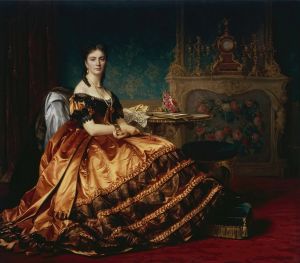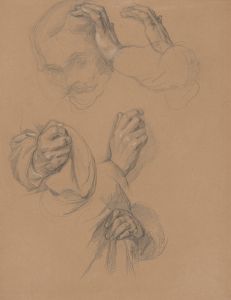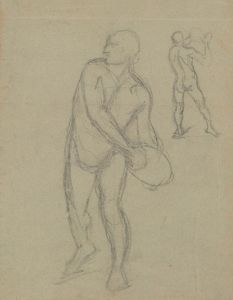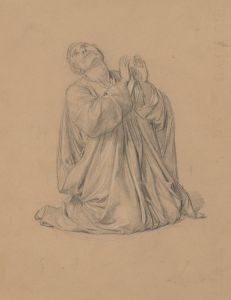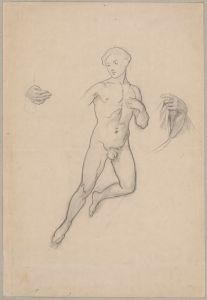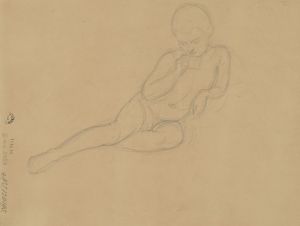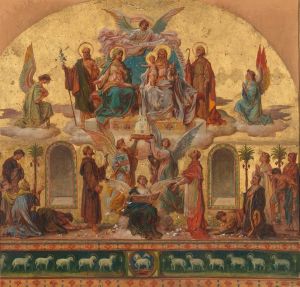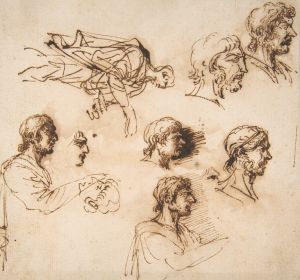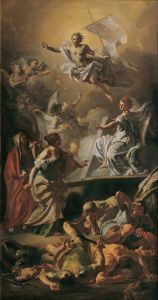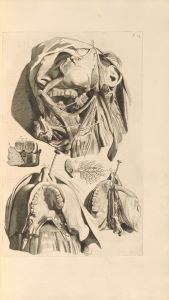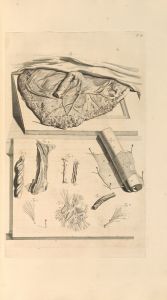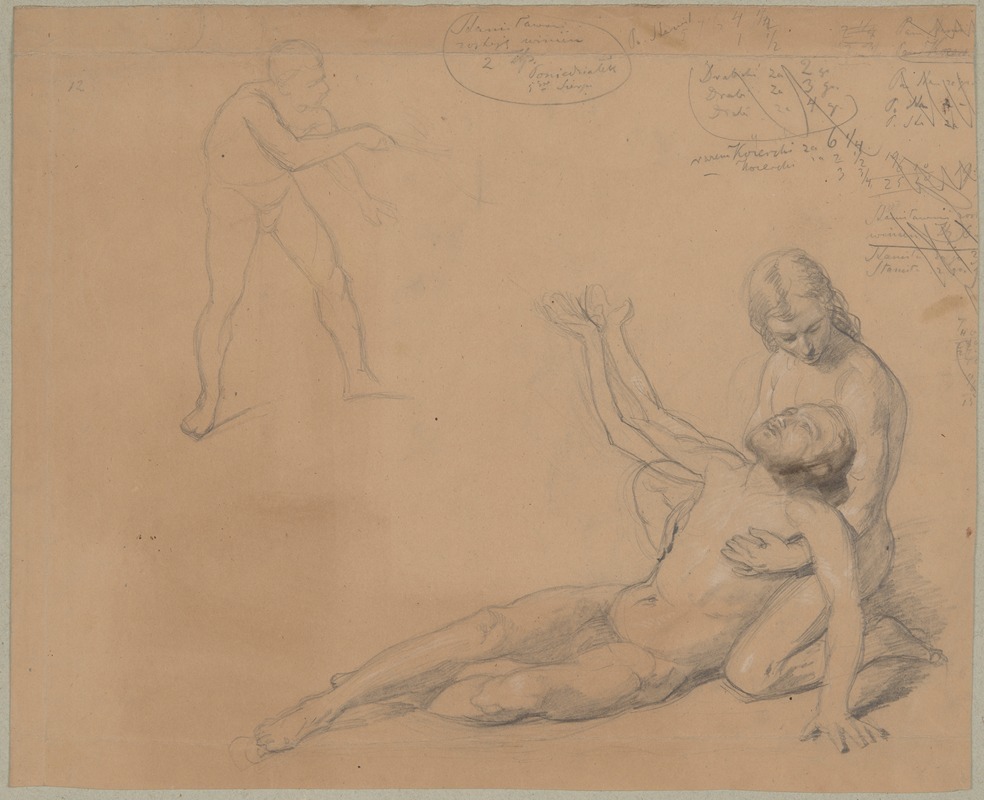
Studies of nude males to the painting ‘Martyrdom of St. Josaphat Kuntsevych’
A hand-painted replica of Józef Simmler’s masterpiece Studies of nude males to the painting ‘Martyrdom of St. Josaphat Kuntsevych’, meticulously crafted by professional artists to capture the true essence of the original. Each piece is created with museum-quality canvas and rare mineral pigments, carefully painted by experienced artists with delicate brushstrokes and rich, layered colors to perfectly recreate the texture of the original artwork. Unlike machine-printed reproductions, this hand-painted version brings the painting to life, infused with the artist’s emotions and skill in every stroke. Whether for personal collection or home decoration, it instantly elevates the artistic atmosphere of any space.
Józef Simmler, a prominent Polish painter of the 19th century, is best known for his historical and religious works, which often reflect meticulous attention to detail and emotional depth. Among his preparatory studies, the "Studies of Nude Males to the Painting ‘Martyrdom of St. Josaphat Kuntsevych’" stands out as an example of his dedication to anatomical accuracy and compositional planning.
The studies were created as preparatory sketches for Simmler’s painting "Martyrdom of St. Josaphat Kuntsevych," which depicts the violent death of St. Josaphat Kuntsevych, a 17th-century archbishop and martyr of the Ruthenian Uniate Church. St. Josaphat was known for his efforts to promote unity between the Eastern Orthodox and Roman Catholic Churches, a mission that ultimately led to his assassination in 1623 by opponents of his cause. The painting itself portrays the dramatic and tragic moment of his martyrdom, emphasizing the physical and emotional turmoil of the scene.
Simmler’s studies of nude male figures were likely intended to ensure the anatomical precision and dynamic poses required for the final composition. These preparatory works demonstrate his academic training and adherence to the artistic standards of the time, which emphasized life drawing and the study of human anatomy as essential components of artistic practice. By sketching nude figures, Simmler was able to explore the musculature, movement, and tension of the human body, which would later be clothed and integrated into the final painting.
While the studies themselves are not as widely recognized as the completed painting, they provide valuable insight into Simmler’s artistic process. They reveal his commitment to realism and his methodical approach to constructing complex, multi-figure compositions. The sketches also reflect the influence of European academic art traditions, which Simmler encountered during his studies in Dresden, Munich, and Paris.
The final painting, "Martyrdom of St. Josaphat Kuntsevych," is considered one of Simmler’s significant works, though it is less well-known compared to his masterpiece "Death of Barbara Radziwiłł." The studies of nude males associated with this painting remain an important part of his artistic legacy, offering a glimpse into the preparatory stages of creating a historical and religious tableau.
No further detailed information about the studies or their current location is readily available.





